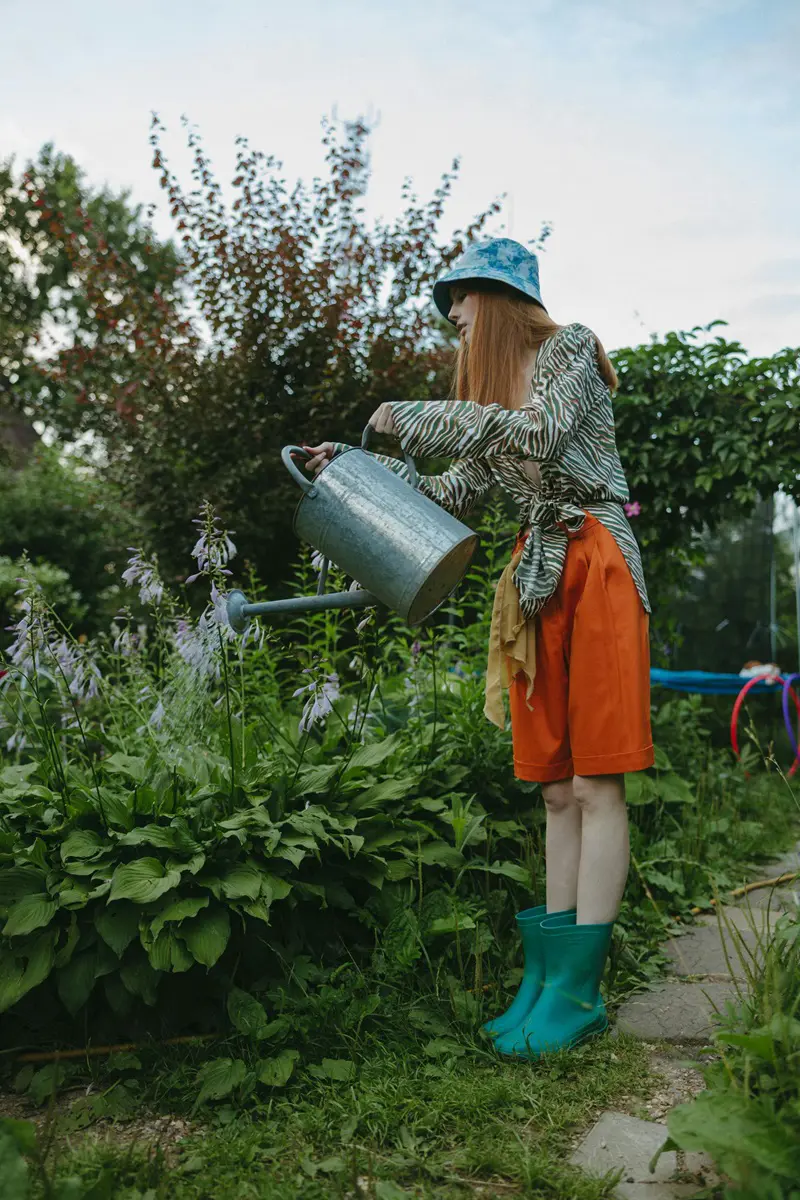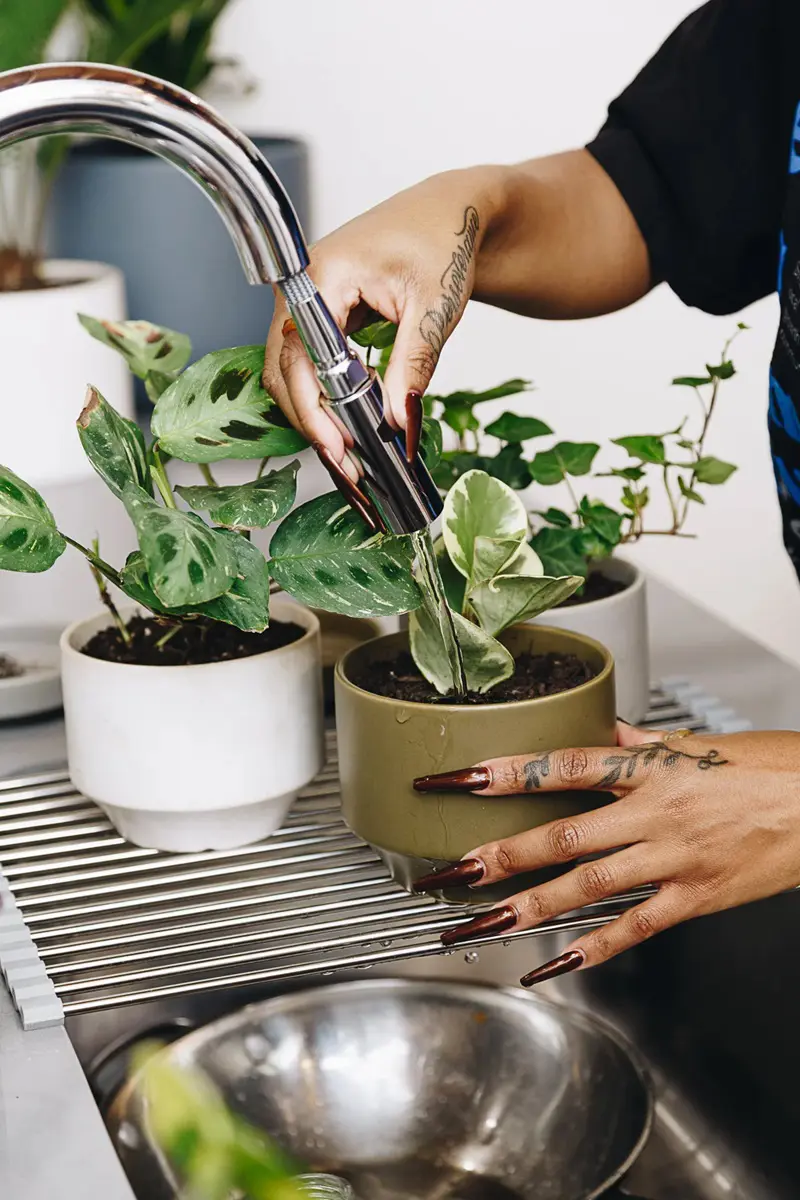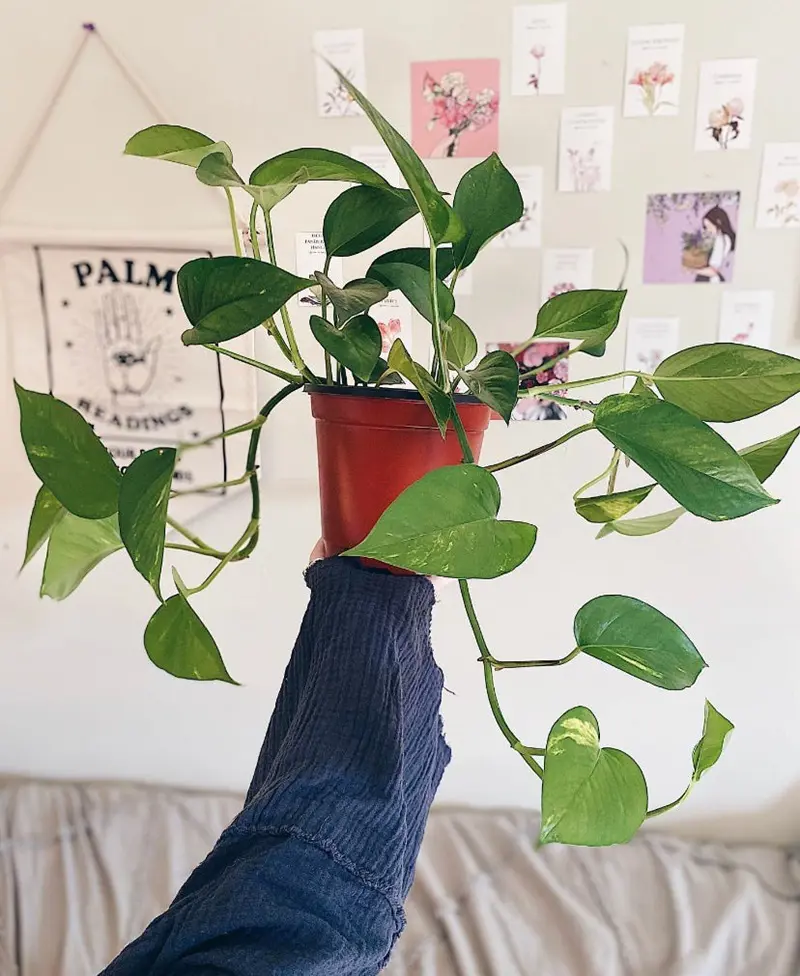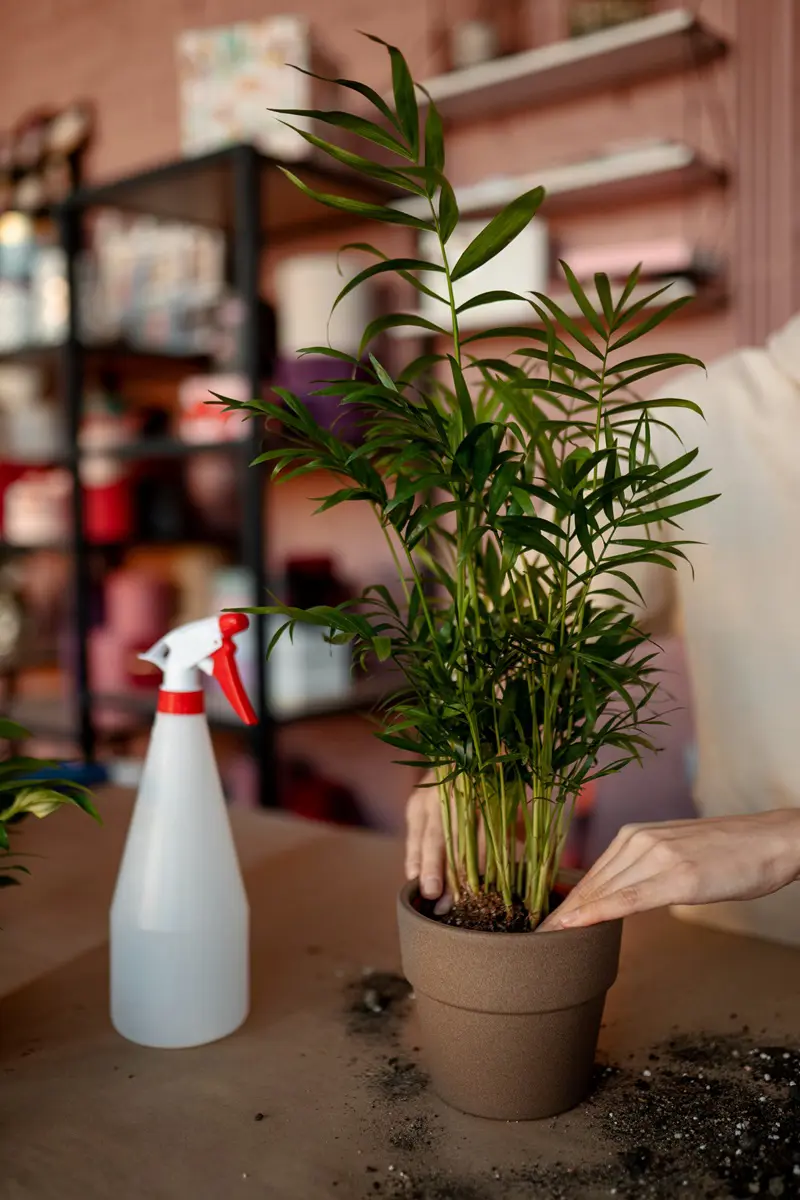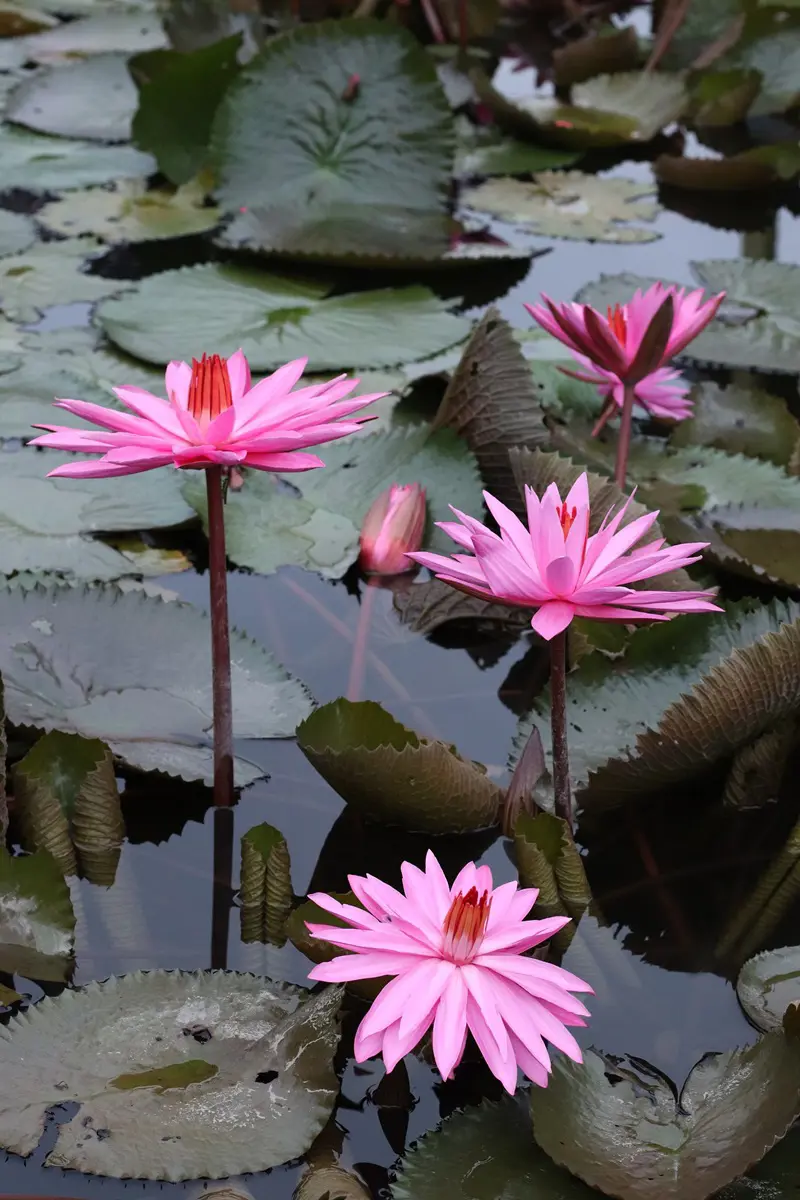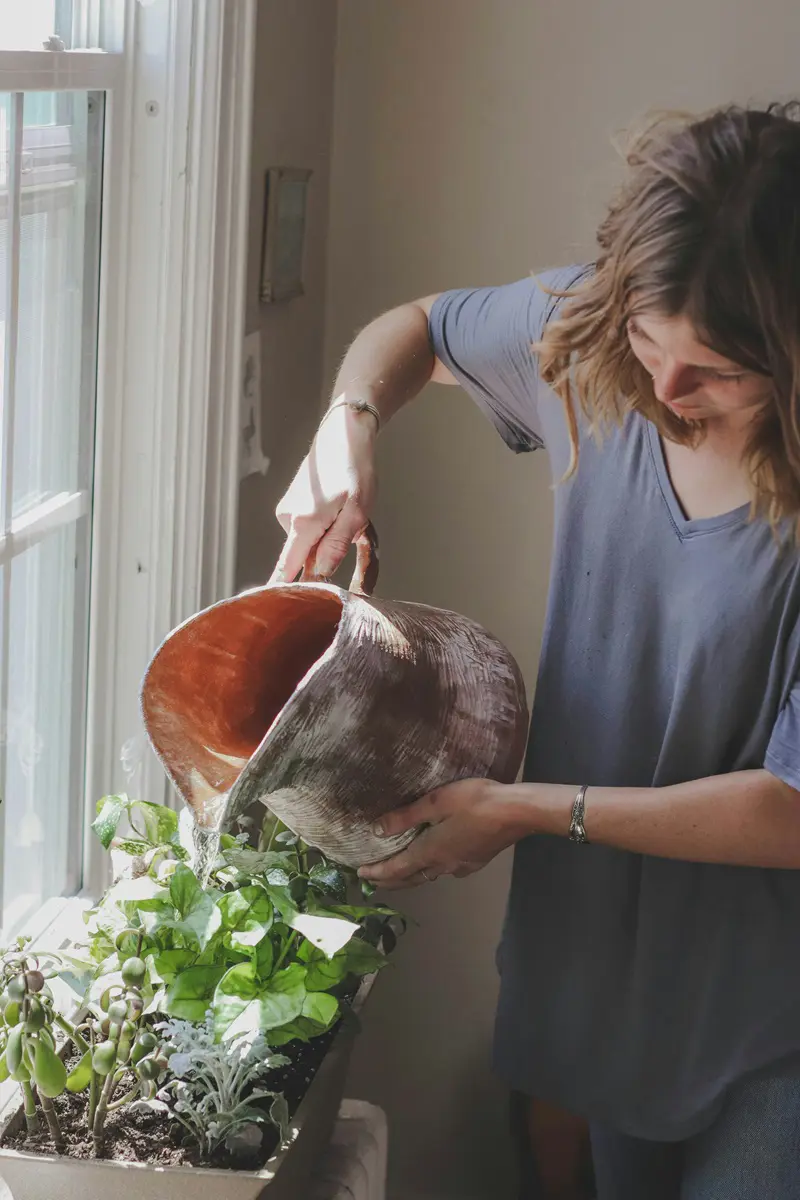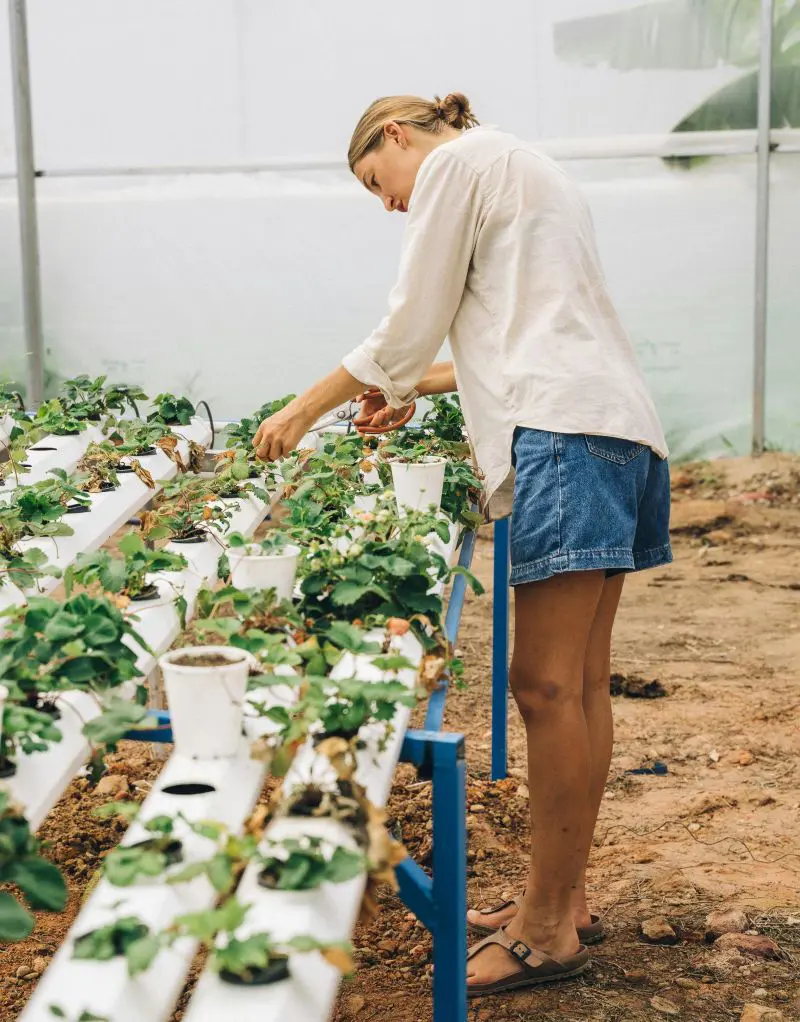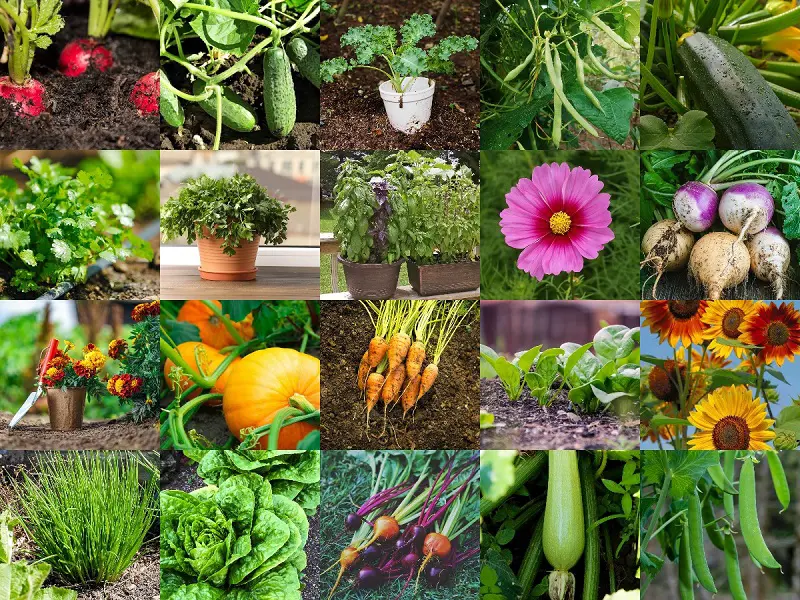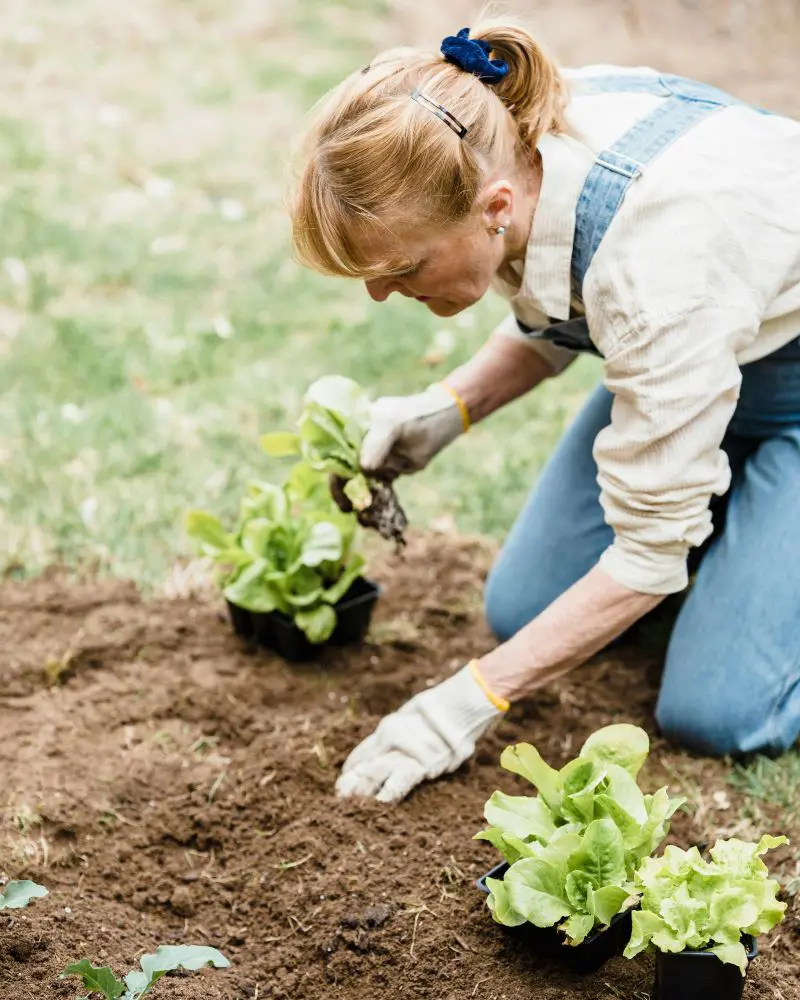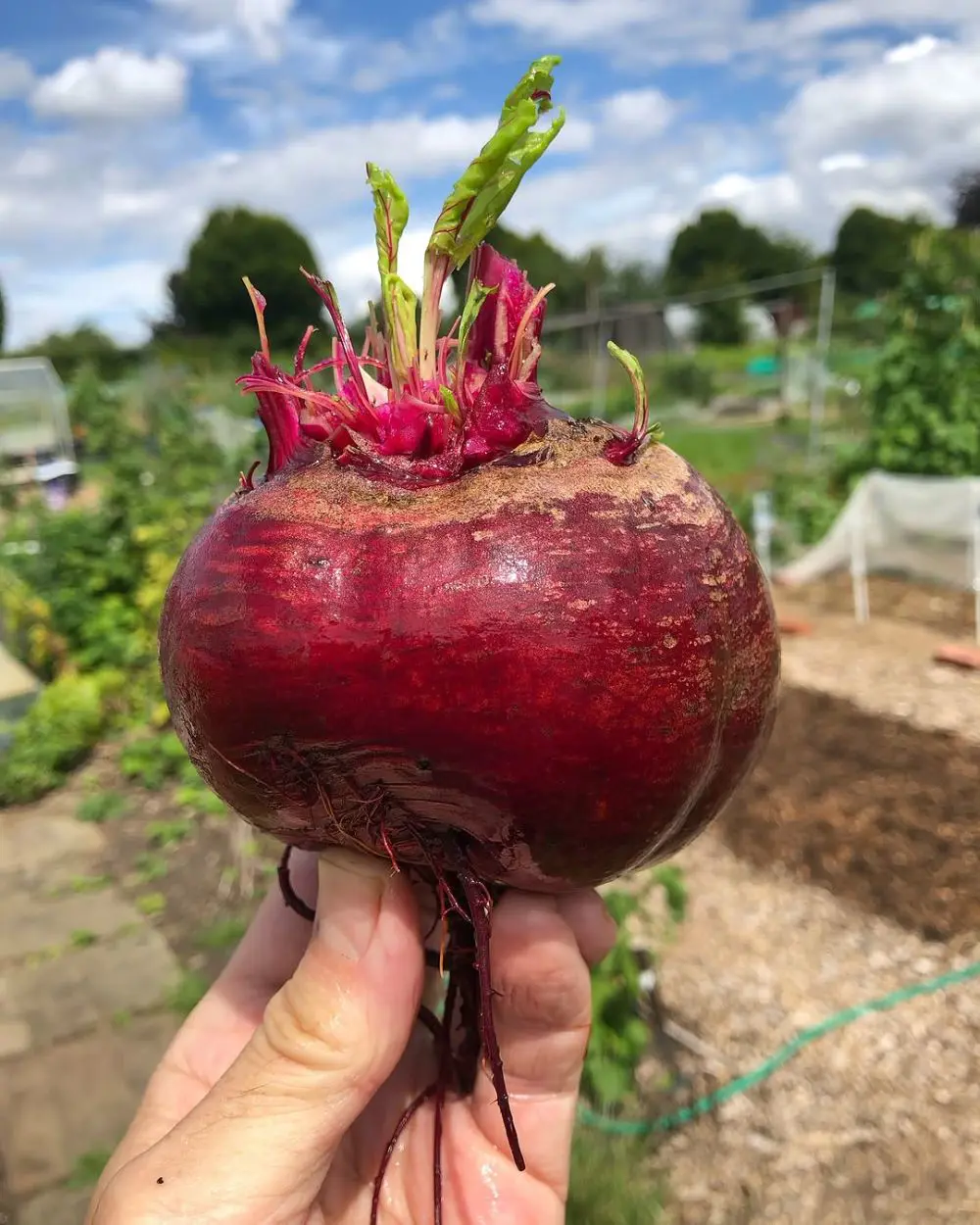1. Rainwater
Rainwater is considered best for plants as it doesn't contain any harmful additives while comprising several essential natural nutrients for them. It is a pure hydration with balanced pH levels having a unique natural composition.
From its effective delivery system to outdoor plants to providing useful nutrients in the absence of chemicals, salts, and additives, rainwater in its purest and natural form, is the best possible option for plants. Here are some of the reasons that support rainwater as the best source for plants:
- Rainwater is free from unwanted impurities from its natural composition being a soft water source.
- It has naturally balanced pH levels making it ideal for both plant and soil health.
- It is rich in nutrient contents such as nitrogen making it truly a nature's fertilizer.
- It promotes the oxygenation of soil.
